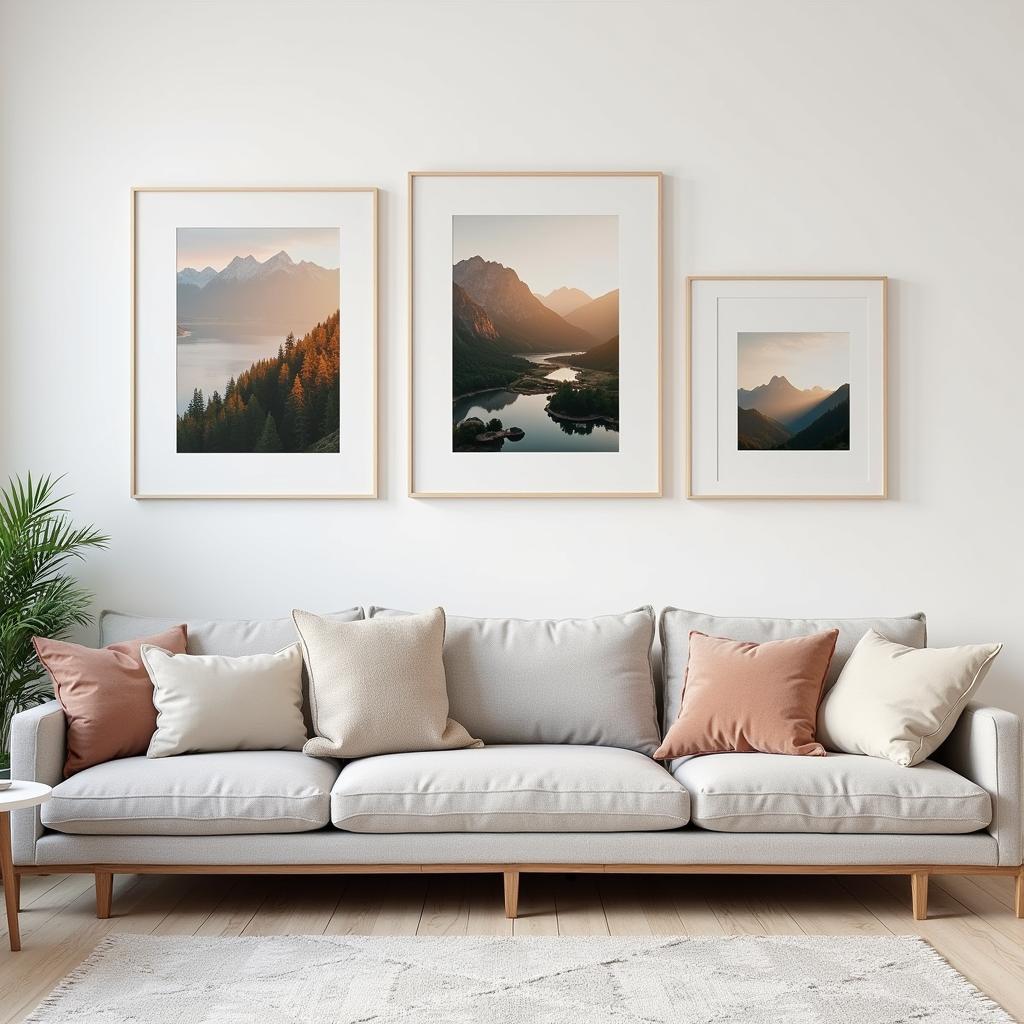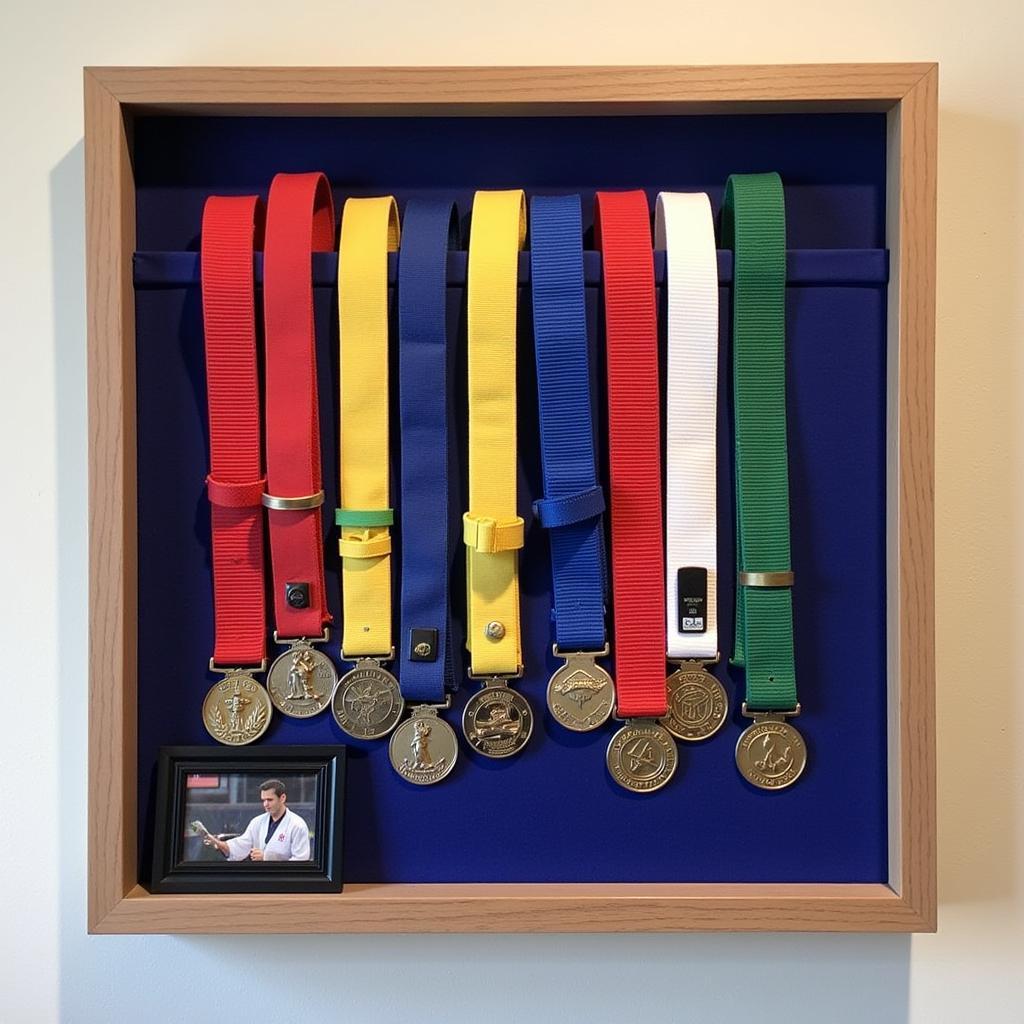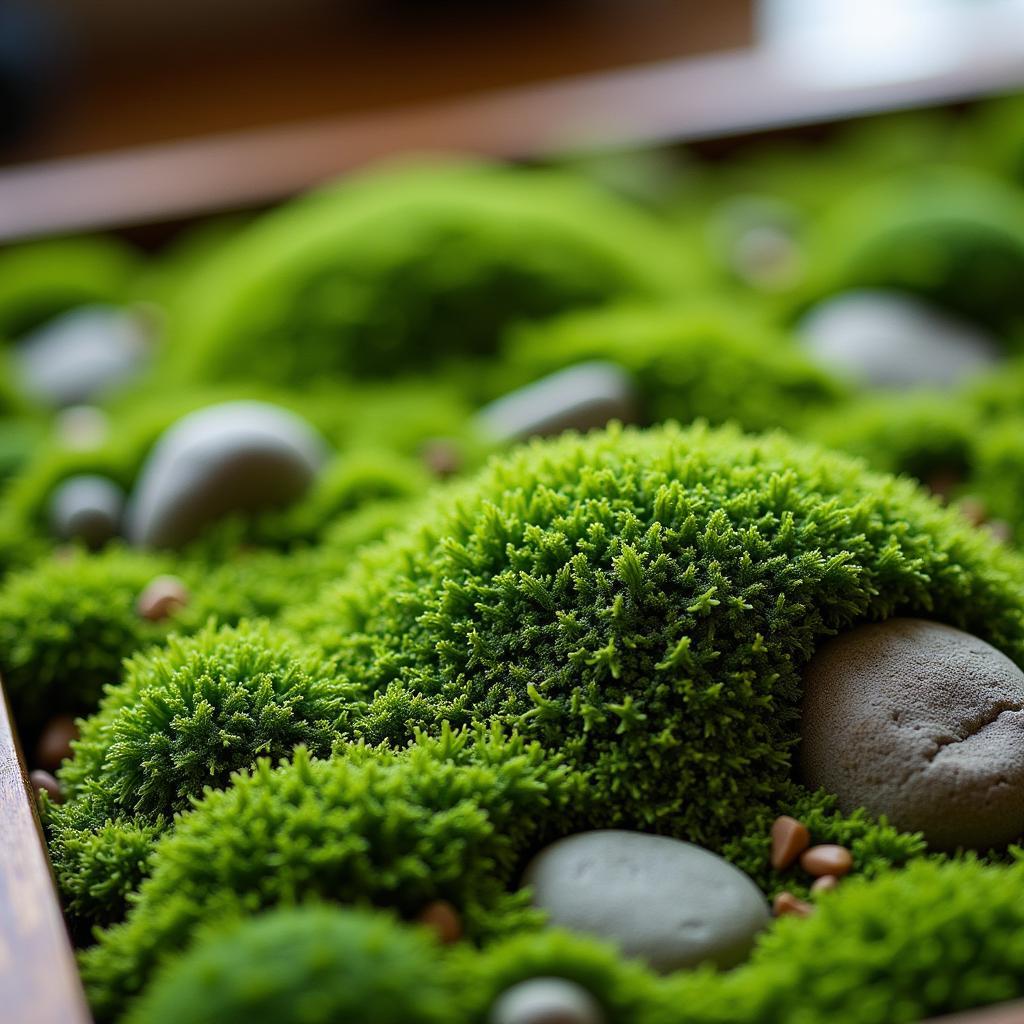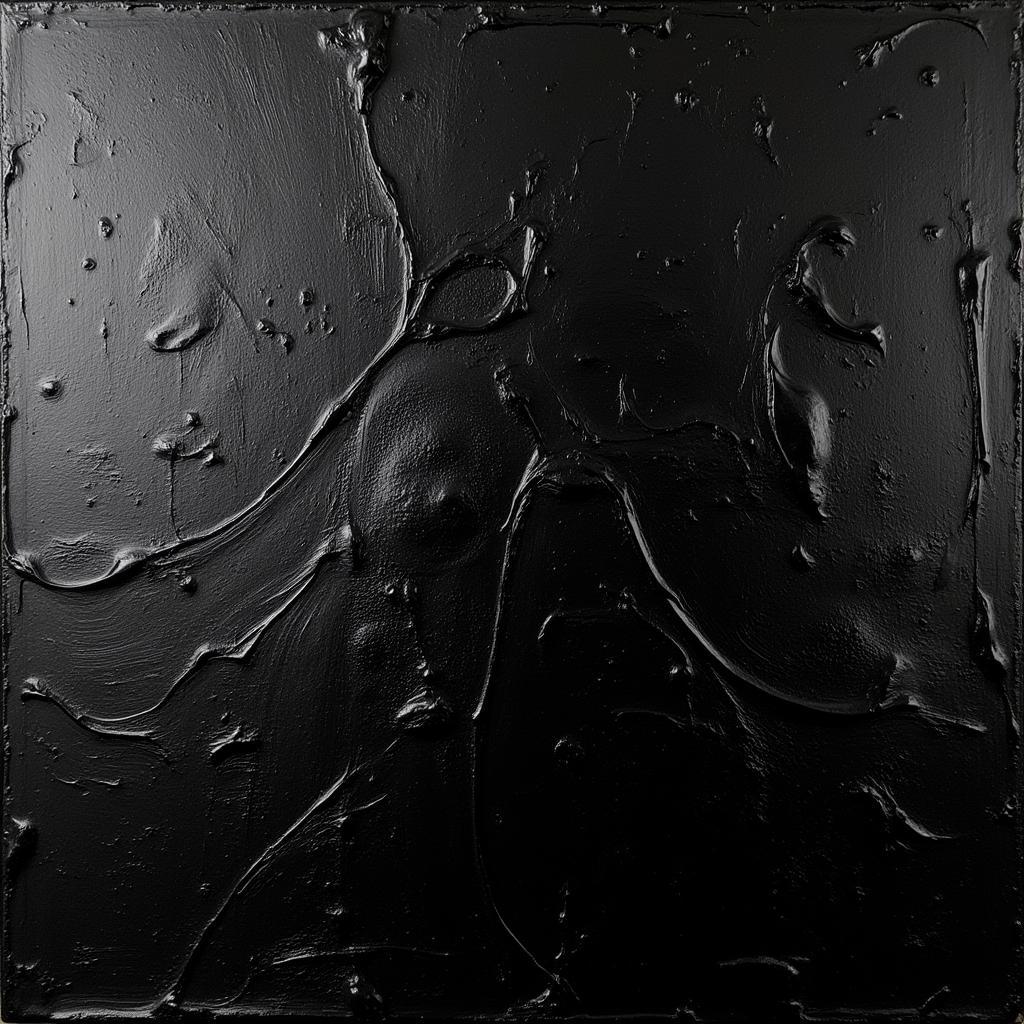Orca Whale Art: A Deep Dive into Oceanic Inspiration
Orca Whale Art is a captivating niche within the broader world of animal art, drawing inspiration from the awe-inspiring presence and intelligence of these magnificent creatures. This article explores the diverse expressions of orca whale art, from traditional techniques to contemporary digital masterpieces.
A Legacy of Orca Whale Art in Indigenous Cultures
For centuries, indigenous cultures with close ties to the ocean, such as the Inuit and Haida peoples of the Pacific Northwest, have revered the orca whale in their art forms. These communities often view orcas as powerful spiritual beings, and their artwork reflects this deep respect. Traditional orca inuit art often utilizes natural materials like wood, bone, and stone. Intricate carvings and sculptures depict the orca’s distinctive black and white markings, showcasing the remarkable craftsmanship passed down through generations. These pieces often serve both decorative and ceremonial purposes, connecting communities to their heritage and the natural world.
Exploring Different Mediums in Orca Whale Art
Contemporary artists have embraced the orca whale as a muse, exploring its form and spirit through a variety of artistic mediums.
- Painting: Acrylics, watercolors, and oils allow artists to capture the fluidity of the orca’s movements and the ethereal beauty of their underwater environment.
- Sculpture: From life-size installations to small-scale bronze figures, sculptures capture the orca’s powerful physique and dynamic presence.
- Digital Art: With the rise of digital tools, artists are pushing the boundaries of orca whale art, creating stunning photorealistic renderings, abstract interpretations, and even interactive experiences.
The Allure of Orca Whale Art: Why We’re Drawn to It
The enduring appeal of orca whale art stems from a multitude of factors:
- Symbolic Power: Orcas are often associated with intelligence, family, strength, and freedom. These qualities resonate deeply with many people, making orca art a powerful symbol to own or display.
- Aesthetic Beauty: The striking contrast of the orca’s black and white markings, combined with their graceful movements, makes them captivating subjects for artists.
- Conservation Awareness: Art has the power to raise awareness about environmental issues, and orca whale art often serves as a reminder of the need to protect these animals and their ocean habitat.
Capturing Movement and Spirit: Techniques in Orca Whale Art
Creating compelling orca whale art requires a deep understanding of the animal’s anatomy, behavior, and environment. Artists employ various techniques to breathe life into their creations:
- Dynamic Poses: Depicting orcas in motion, such as breaching the surface or swimming in pods, adds a sense of energy and dynamism to the artwork.
- Realistic Detail: Paying close attention to the orca’s physical features, such as their blowholes, dorsal fins, and eye patches, enhances the realism of the piece.
- Play of Light and Water: Artists skillfully manipulate light and shadow to create the illusion of depth and movement in their artwork, immersing the viewer in the orca’s underwater world.
“To truly capture the essence of an orca, you need to go beyond simply replicating their physical form. It’s about understanding their spirit, their intelligence, their connection to the ocean. That’s what I strive to convey in my work.” – Anya Petrova, Wildlife Artist.
Finding Your Own Orca Whale Art Inspiration
Whether you’re an experienced artist or just starting out, the world of orca whale art offers endless possibilities for exploration and expression. Here are a few ideas to spark your creativity:
- Study whale tail art: The iconic shape of a whale’s tail diving beneath the waves is a popular motif in art. Experiment with different angles, compositions, and mediums to create your own unique interpretation.
- Explore Indigenous Art Styles: Research the traditional art forms of cultures that have a strong connection to orcas. Draw inspiration from their motifs, materials, and storytelling techniques.
- Focus on Conservation: Use your art to raise awareness about the threats facing orcas, such as pollution, habitat loss, and noise pollution.
Conclusion
Orca whale art, whether rooted in ancient traditions or expressed through modern mediums, offers a powerful testament to the enduring fascination with these magnificent creatures. By capturing their beauty, intelligence, and vulnerability, artists inspire us to appreciate and protect orcas and the ocean they call home. From intricate bone carvings to vibrant digital paintings, orca whale art continues to evolve, captivating audiences and reminding us of the awe-inspiring wonders of the natural world.
FAQs about Orca Whale Art
1. What makes orca whale art unique?
Orca whale art is unique because it combines stunning visuals with a deep respect for these intelligent creatures. It often explores themes of power, family, and the interconnectedness of all living things.
2. What are some common materials used in orca whale art?
Common materials include traditional mediums like wood, bone, and stone, as well as contemporary choices such as acrylics, watercolors, and digital art tools.
3. How can I support orca whale conservation through art?
You can support conservation by creating art that raises awareness, donating a portion of your art sales to conservation organizations, or participating in art exhibitions and events that benefit orca whale protection efforts.
Need Help with Your Own Orca Whale Art Journey?
Contact us! Phone: 02462573573, Email: danteum@gmail.com Or visit us: Savico Megamall, 7-9 Đ. Nguyễn Văn Linh, Gia Thụy, Long Biên, Hà Nội 10000, Việt Nam. Our customer service team is available 24/7.




